One of the pleasures I had while visiting Budapest was walking along the beautiful Andrassy Utca, one of Budapest’s most elegant boulevards with lush shady trees, stately apartment buildings, and high-end designer boutiques. This upscale bustling area of Budapest also has a dark and storied past. Nestled among the buildings on this posh street is where visitors will find one of the city’s most notorious and frightening buildings — the Terror Haus.
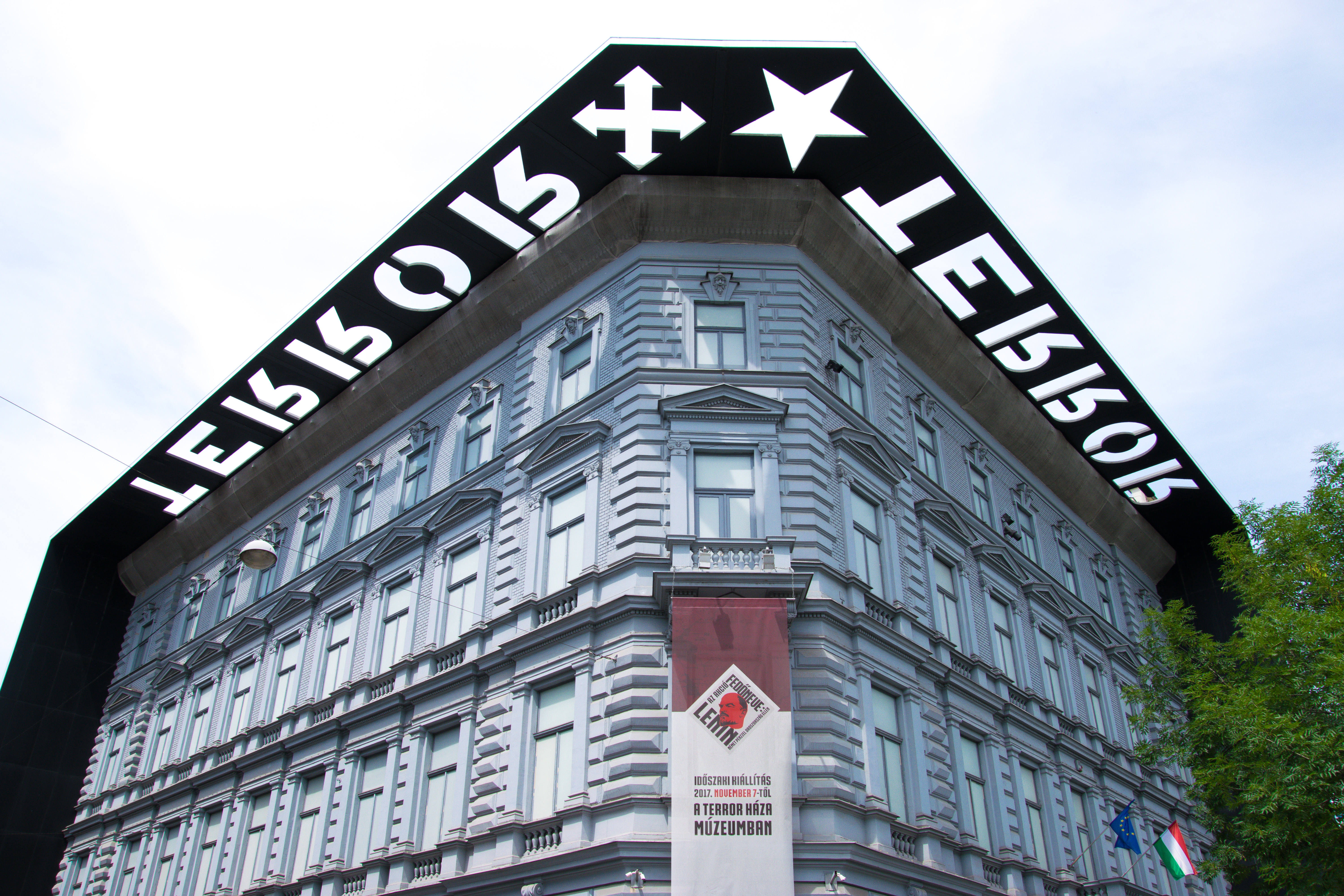
As I approached the entrance to the museum, I was struck with a surreal sensation knowing that this beautiful building was once the headquarters to both the Hungarian Arrow Cross Party (Hungary’s Nazi Party) and AVO/AVH Communist Terrorist Organizations. The building, if not for the iron platform with the words “Terror” adorning its roof, was a beautiful example baroque architecture and the words did little to prepare me for the history of horror that awaited me just beyond the entrance doors.
Before entering the museum I took some time to admire a piece of the Berlin Wall and the Iron Curtain Memorial, a chain sculpture reminding visitors of the city’s dark history during Soviet rule.
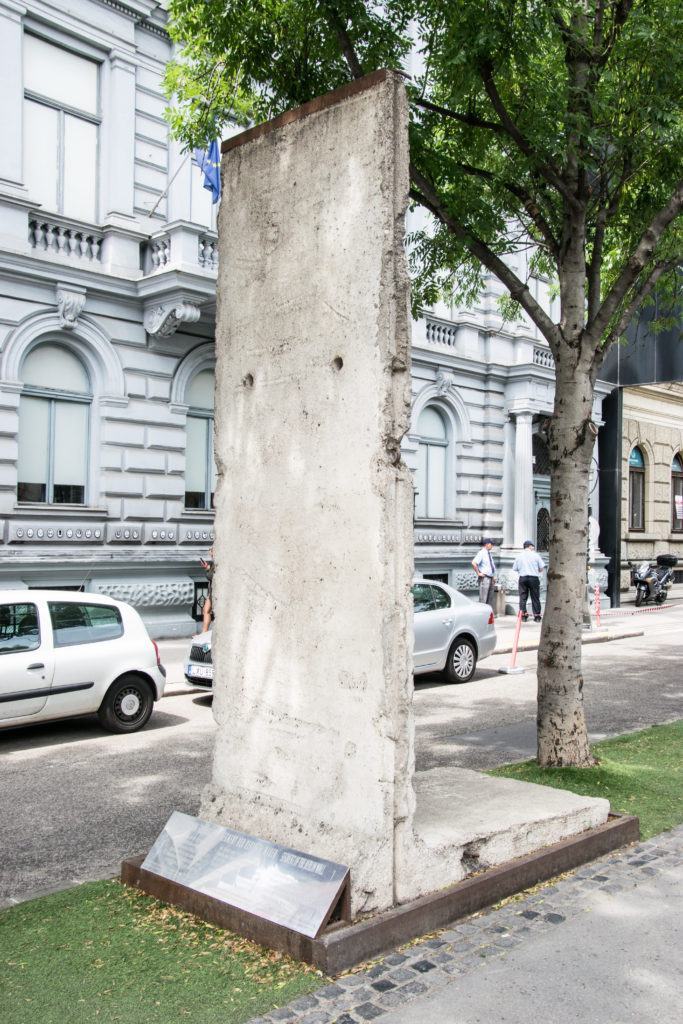
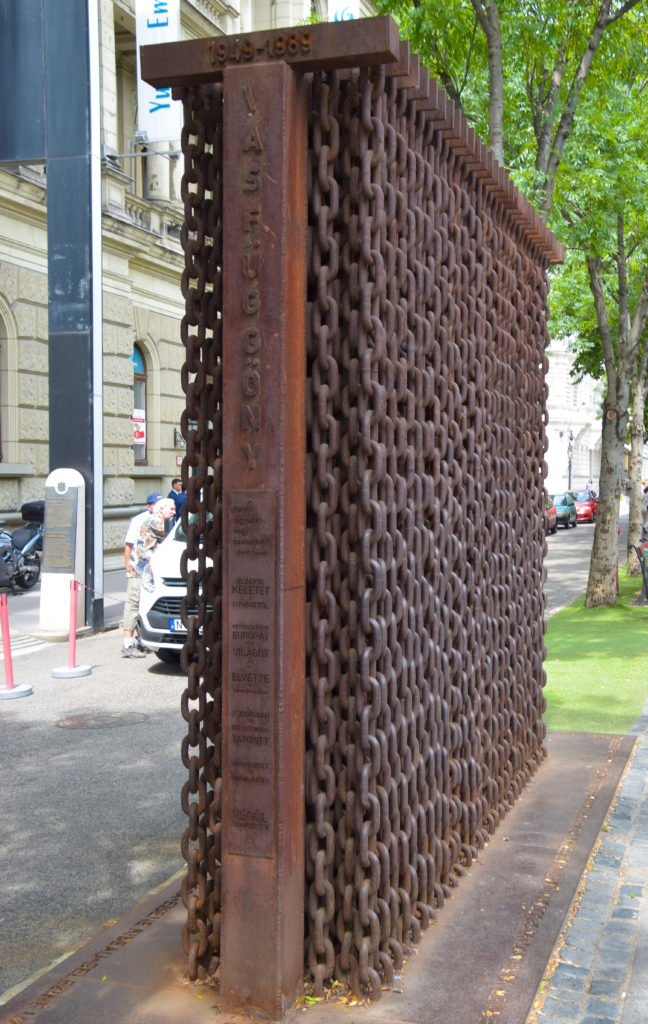
The ground floor of the museum consists of the lobby, cafe, cloakroom, restrooms, and ticket counter. After passing through the ticket admission turnstile, I entered a 3-story courtyard that houses a Soviet tank sitting in a reflection pool and a gallery that showcases a haunting display of hundreds of black and white photographs of Hungarians who were the victims of the communist terror organizations.
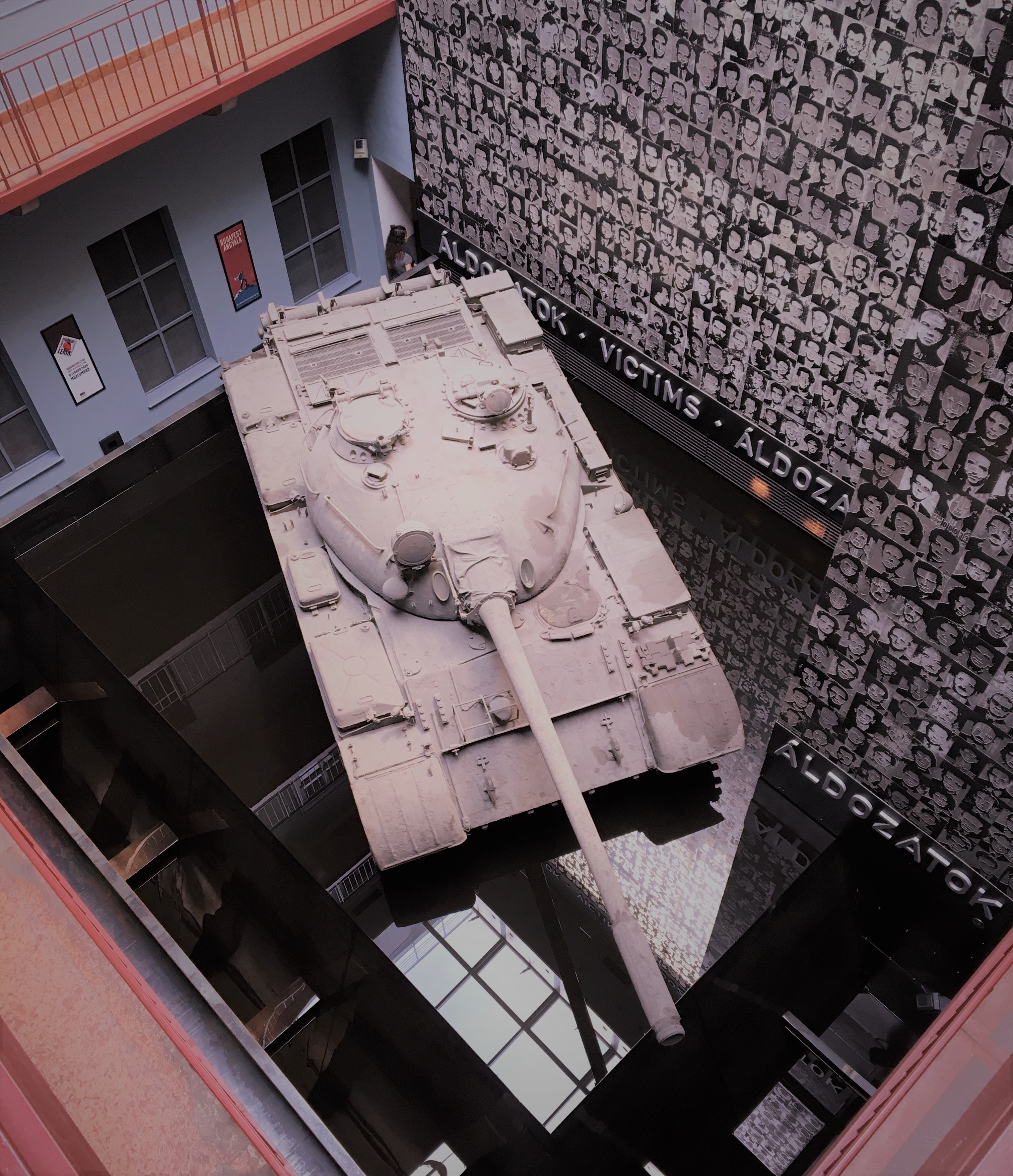
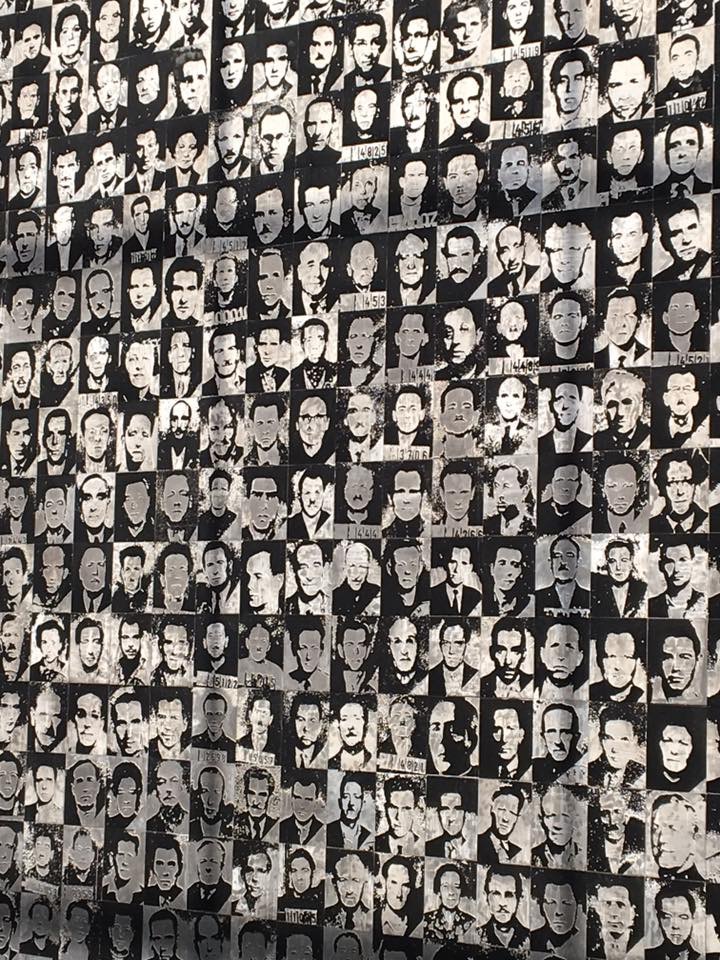
The museum’s tour began on the 3rd floor where a labyrinth of exhibits guided me through the history of the building’s infamous past; starting with the story of the rise of the Hungarian Nazis (The Arrow Cross Party), the end of the Nazi regime, rise of communism in Hungary, and the resistance. The displays are a fascinating look at how the atrocities of terror organizations impacted the lives of the citizens of Budapest.
After passing through the exhibits of the top floor, the tour descends down a spiral staircase to the 2nd floor. Here I had an opportunity to learn about the history of the AVO/AVH terror organizations and the practices of their secret police. The exhibits feature communist propaganda, the life of people living under communism, the offices of the Gabor Peter, the Head of the Hungarian Political Police, as well as other exhibits to help one understand the terrors the citizens faced during this bleak and dangerous time in history.
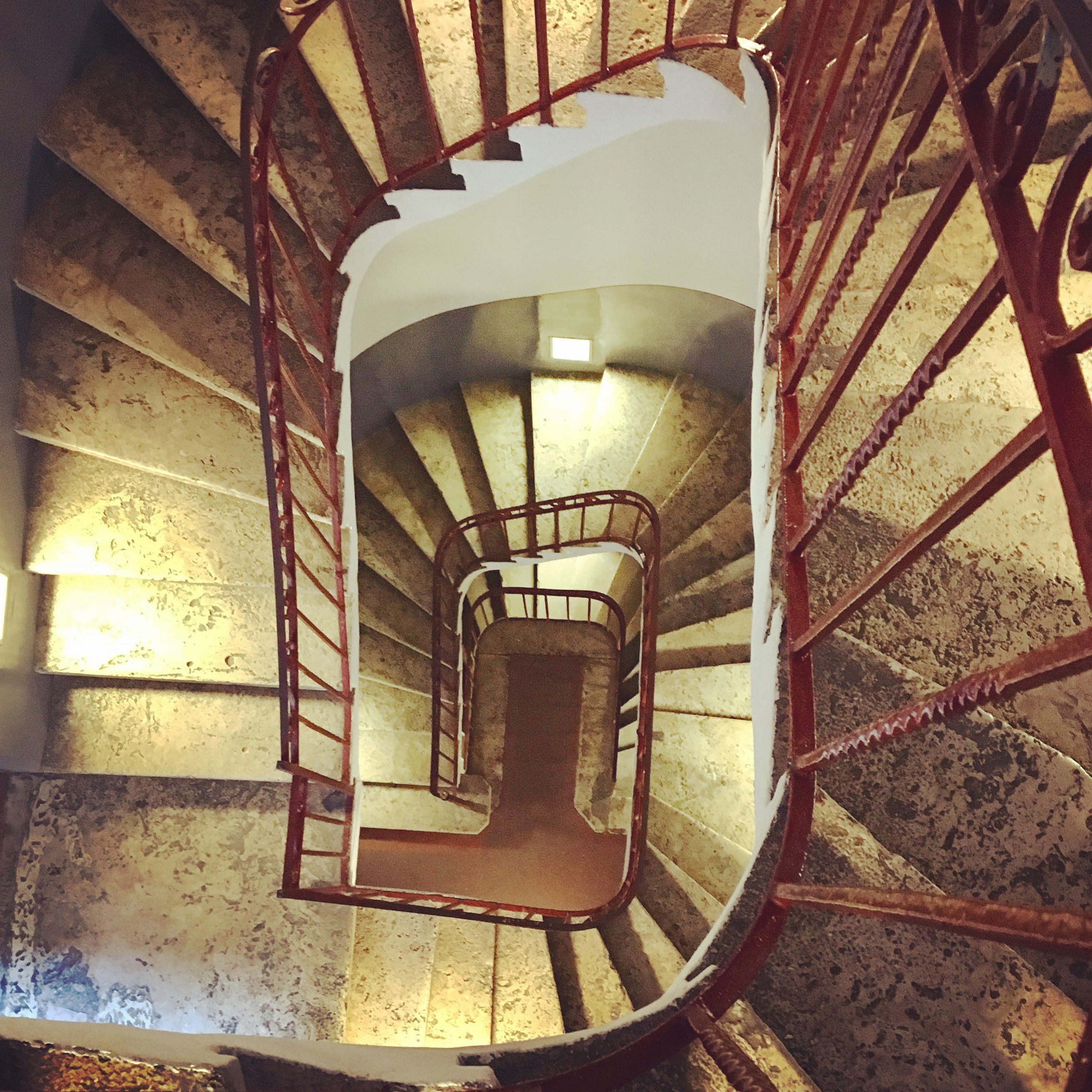
From the museum’s second floor, I entered the elevator where the tour’s darkest part was about to take place. Learning about the history of terrors that took place was truly tragic, but what was hidden below in the building’s basement was even more terrifyingly evil.
As I made my way through a through a maze of dungeonous prison cells, interrogation rooms complete with the original torture equipment, execution rooms, and the heart-wrenching Hall of Tears featuring lit crosses in remembrance of the victims whose lives ended here, I was left shaken. Imaging the terror the victims must have felt as they endured days spent subject to horrific torture and worse in these cold grey stone walls was a bit overwhelming, to say the least.
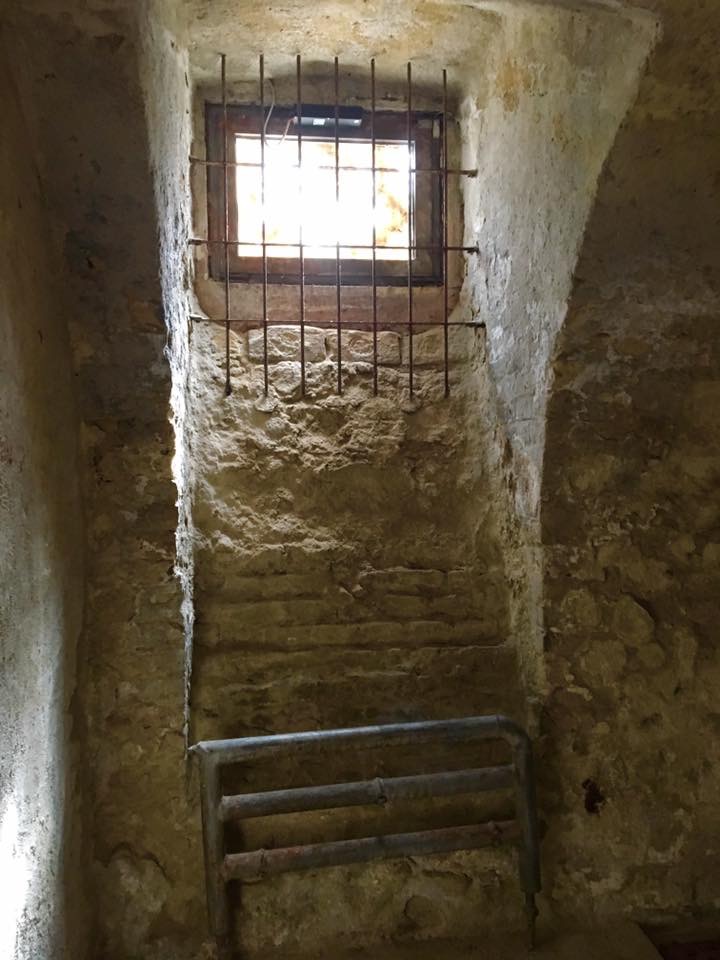
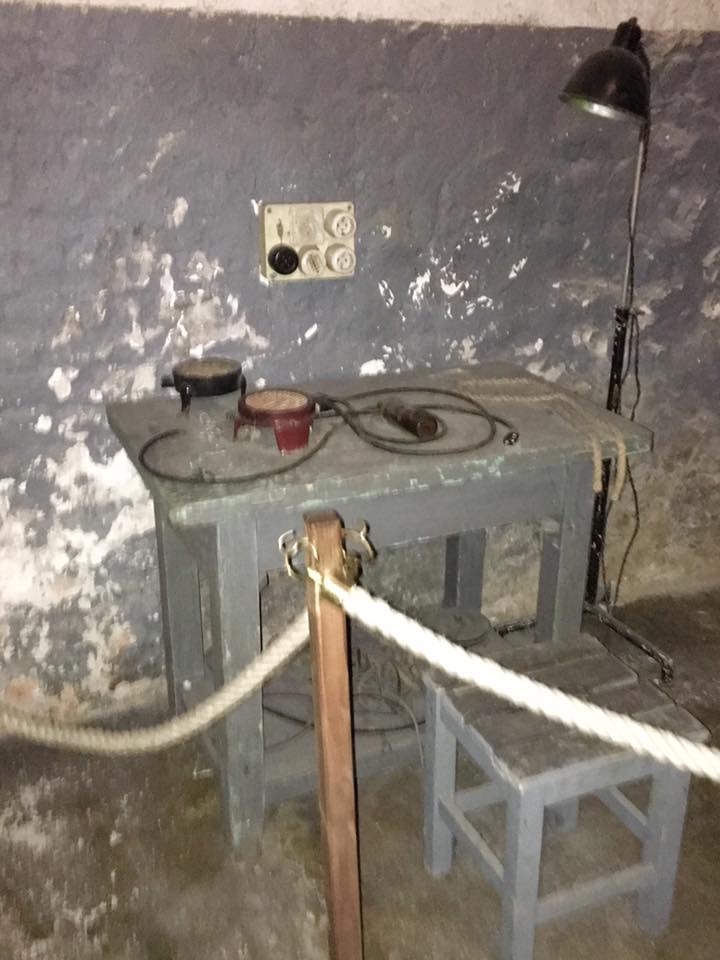
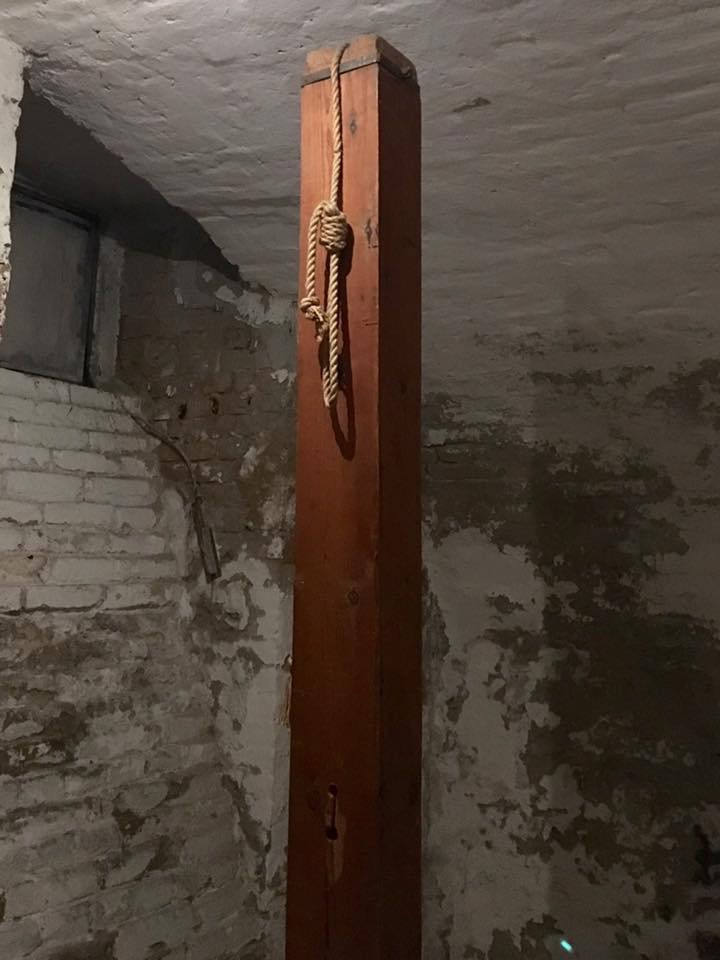
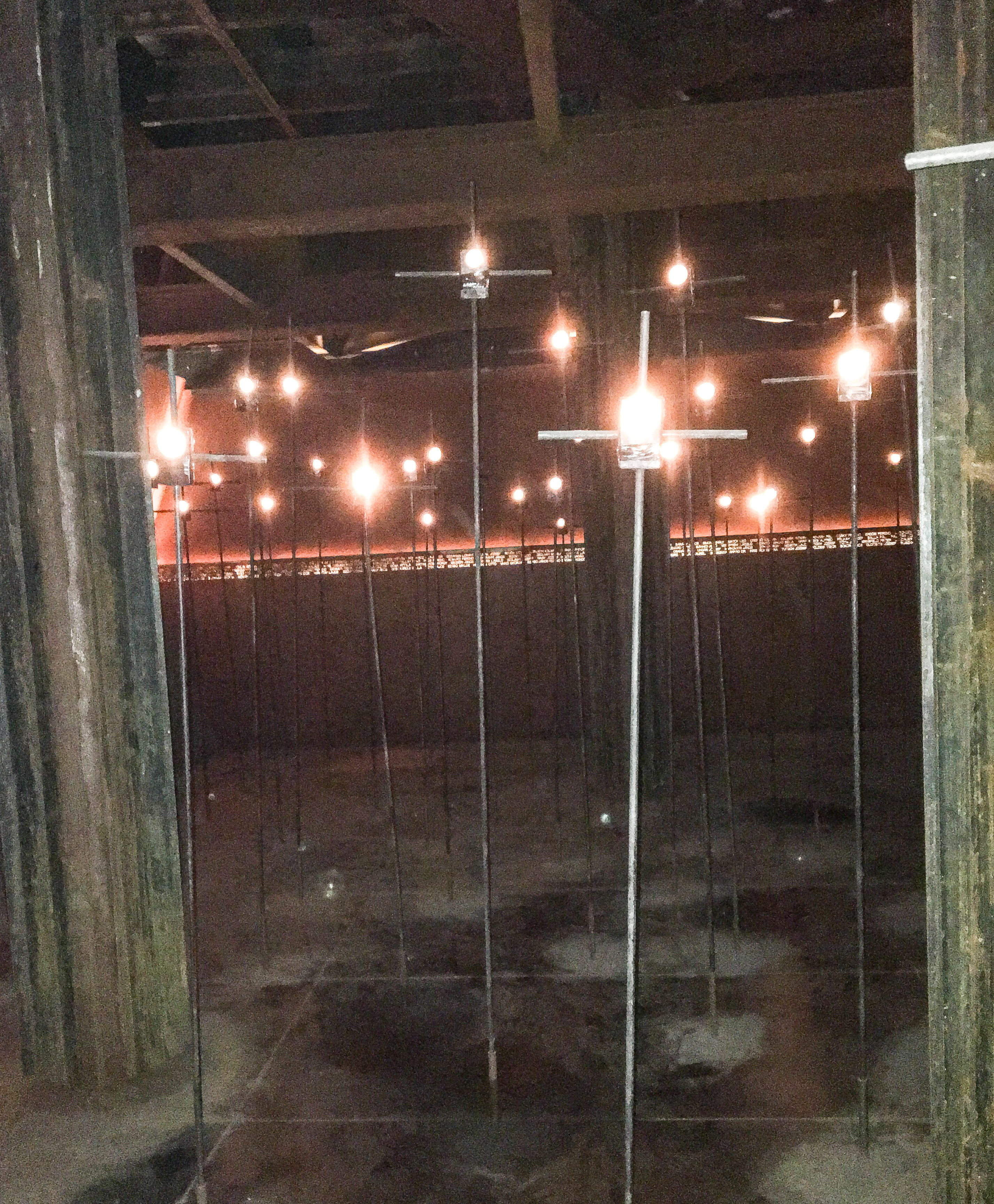
As I exited the tour and stepped back out into the bright daylight and onto Andrassy Utca, my mind was still trying to process the evil that humans can do to one another. It was one of the museums that I wished didn’t exist, but believe must be visited in order to understand that the dark times of history should never be repeated. It was a museum that I will never forget.
The Terror Haus is one of the most powerfully moving museums in Europe and one that needs to be on your Budapest itinerary. The museum is open Tuesday to Sunday, 10:00 am to 6:00 pm and is located at 60 Andrassy Boulevard.
If you’ve liked learning a little about The Terror Museum of Budapest, be sure to leave a comment, “Share”, “Like”, and “Tweet” this article to your friends.
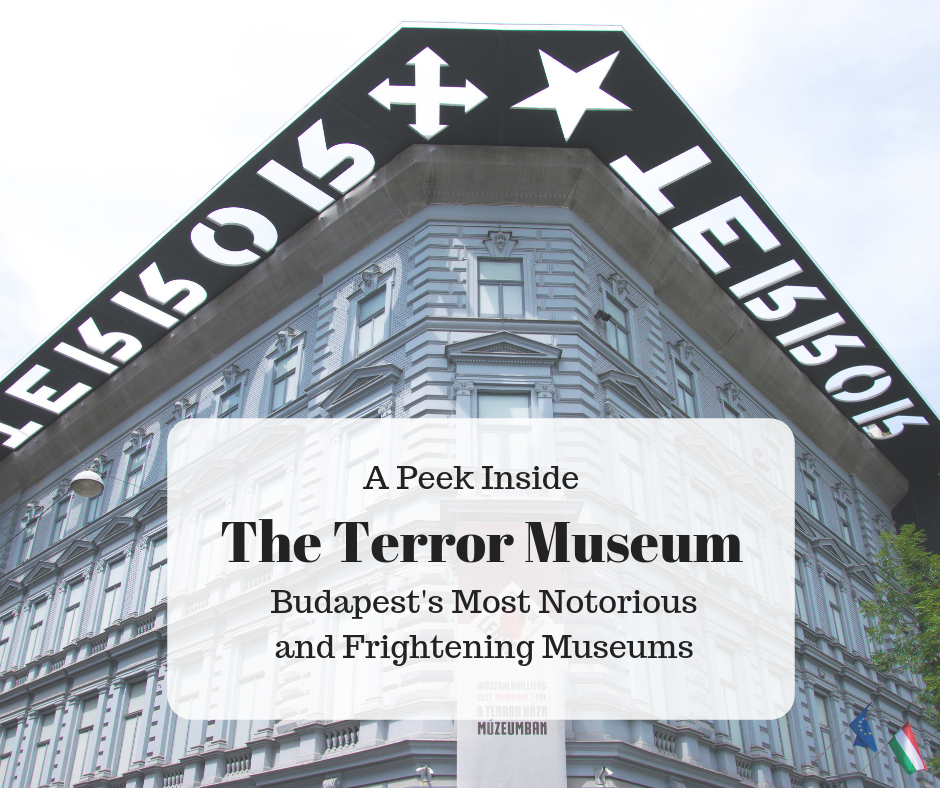


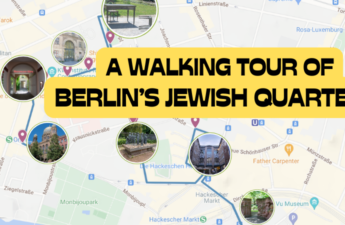

1 thought on “A Peek Inside The Terror Museum – One of Budapest’s Most Notorious and Frightening Museums”